On April 9, 1942, the largest number of US forces was captured at the end of the Battle of Bataan, leading to the Bataan Death March. Today, this date is commemorated as National Former Prisoner of War Recognition Day.
The Japanese attack on Pearl Harbor was the start of a plan to remove the US and its allies from the South Pacific. A few hours after the attack on Pearl Harbor, the Japanese began bombing air bases in the Philippines.
The destruction of planes and buildings, combined with the devastation of America’s fleet harbored in Hawaii, left the troops without the supplies and firepower necessary to combat the experienced Japanese forces. The US Asiatic Fleet was quickly withdrawn, as were the remaining aircraft. Without landing a single soldier, the Japanese had destroyed General Douglas MacArthur’s ability to defend the Philippines. But approximately 31,000 American sailors, soldiers, and airmen stationed on the US base there were left behind.
As thousands of Japanese troops began pouring onto the islands, MacArthur decided only the Bataan peninsula and the island fortress of Corregidor should be defended. The servicemen hoped to hold out until relief could arrive. In the weeks that followed, the refugees were forced to eat lizards and drink filthy water to survive.
On January 9, 1942, the Japanese began assaulting the US defensive lines. Outnumbered and critically short on supplies, the US and Philippines troops held their position until an additional 25,000 Japanese troops arrived. After months of bravely defending the region without aid from naval or air forces, US and Philippine forces ran low on food, medicine, and ammunition. More than 60,000 Filipino and 15,000 American troops surrendered to the Japanese on April 9, 1942. This was the largest force in American history to succumb to an enemy. Though the Allies were defeated at Bataan, the battle slowed the Japanese advance of the South Pacific.

The Japanese split the prisoners into groups of about 100 and marched them 65 miles from Mariveles to San Fernando. From there they boarded trains to camps for prisoners-of-war. Though there are no exact figures, thousands of Filipino and American soldiers died during the march and in the camps from starvation and physical abuse.
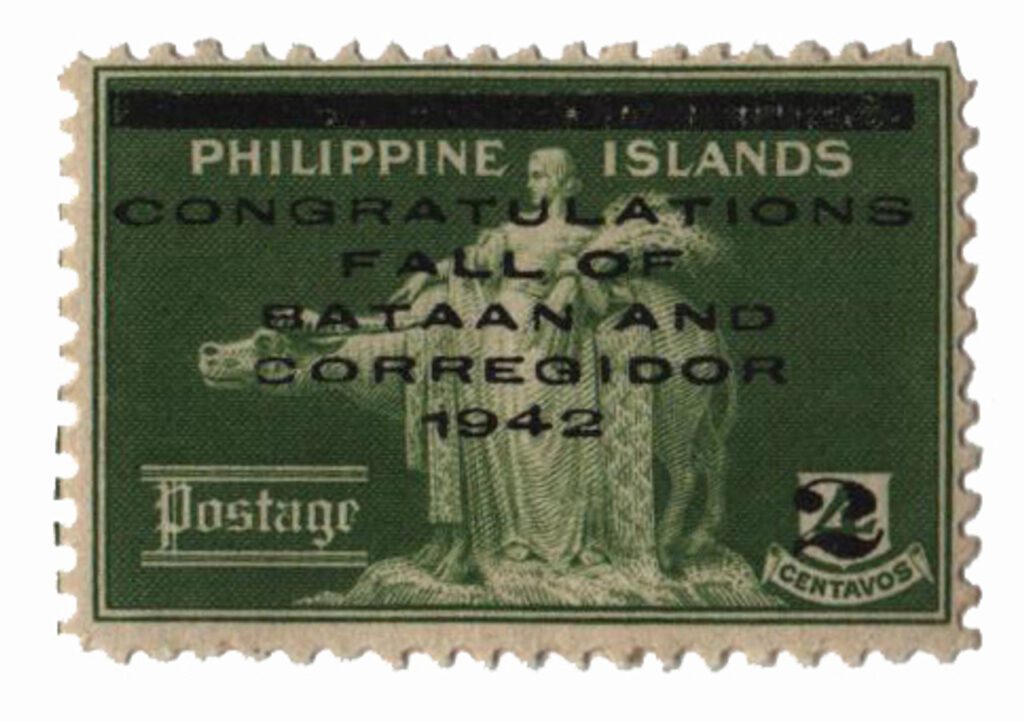
The prisoners of war endured three hard years of imprisonment and torture until General Douglas MacArthur invaded the Philippines and liberated Manila in March 1945. After the war, the Japanese commander of the Philippines, General Masaharu Homma, was found guilty of war crimes for the cruel treatment of Allied troops during the death march.
In 1987, President Ronald Reagan established National Prisoner of War Recognition Day, calling for it to be held on April 9 in honor of the thousands of Americans taken prisoner at Bataan.
Read President Reagan’s 1988 proclamation for National Former POW Recognition Day.
| FREE printable This Day in History album pages Download a PDF of today’s article. Get a binder or other supplies to create your This Day in History album. |
Discover what else happened on This Day in History.


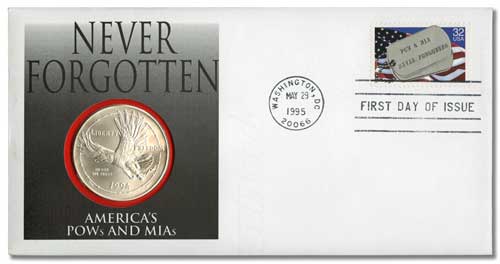
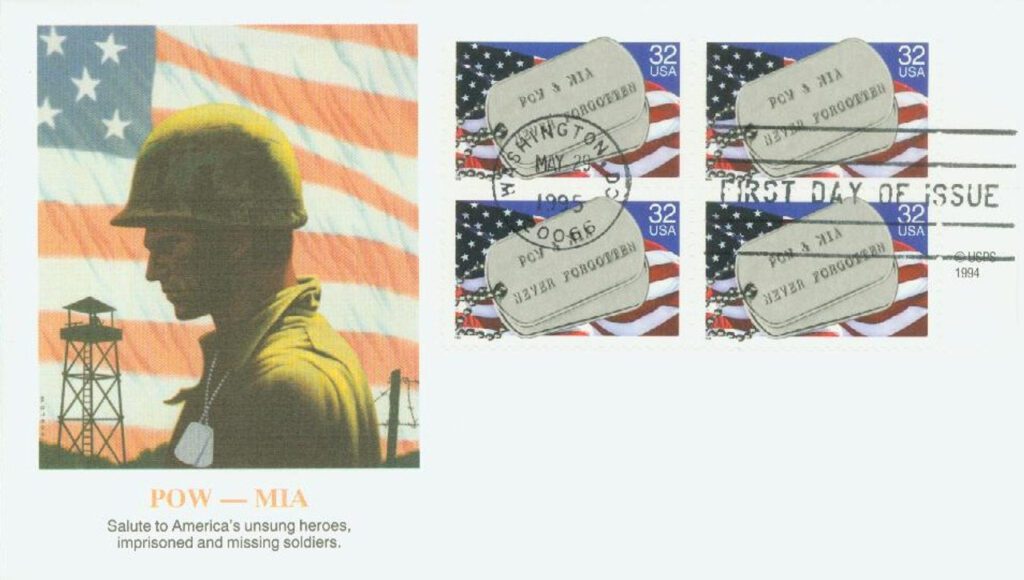
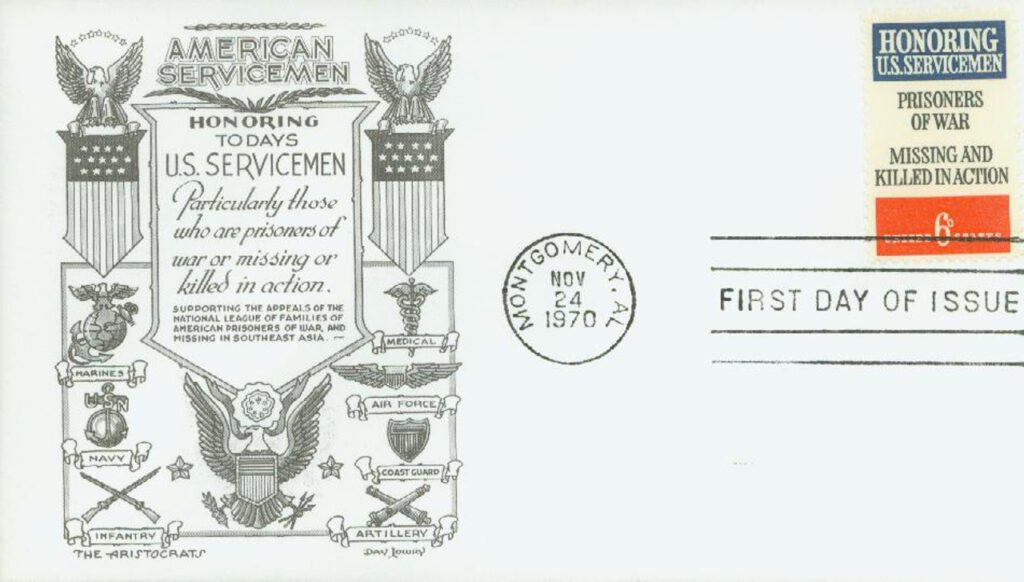
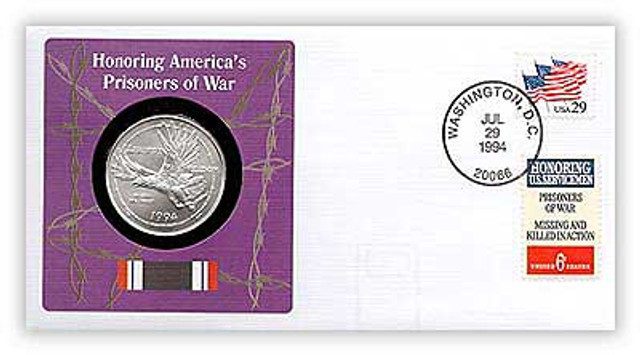
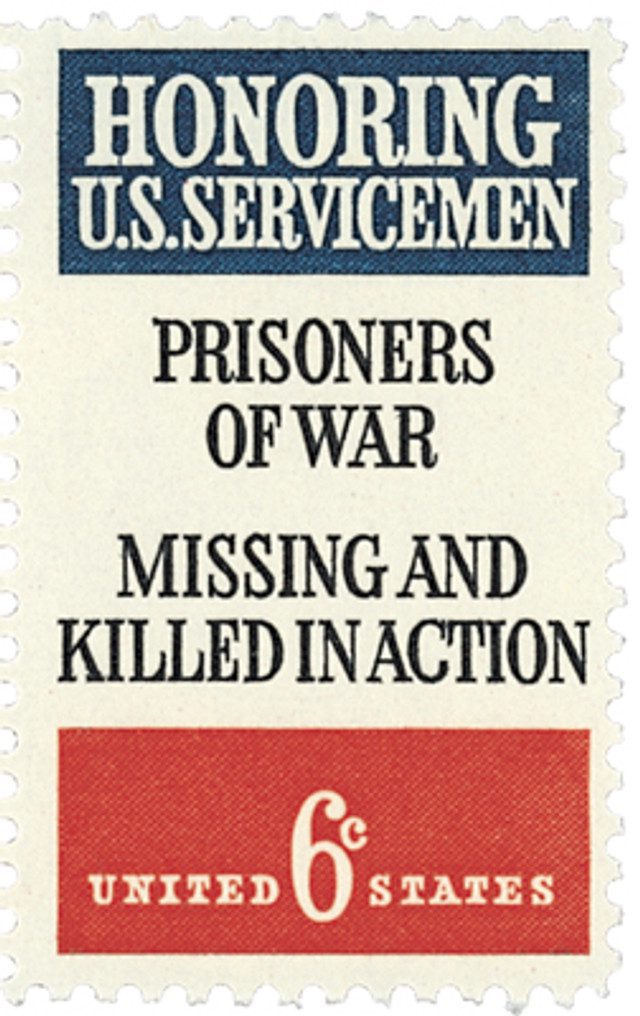
Those brave ww2 vets suffered and died so you present day kiddies could have your precious cell phones to play with. RIP the Greatest Generation
Articles like these are the best. Spotlight days that should be more widely recognized. Gathers whole wide range of history: background, event, and aftermath. Throughout article, great philatelic pieces (for me, it is the great First Day Covers with their wonderful art).
God Bless all those troops.